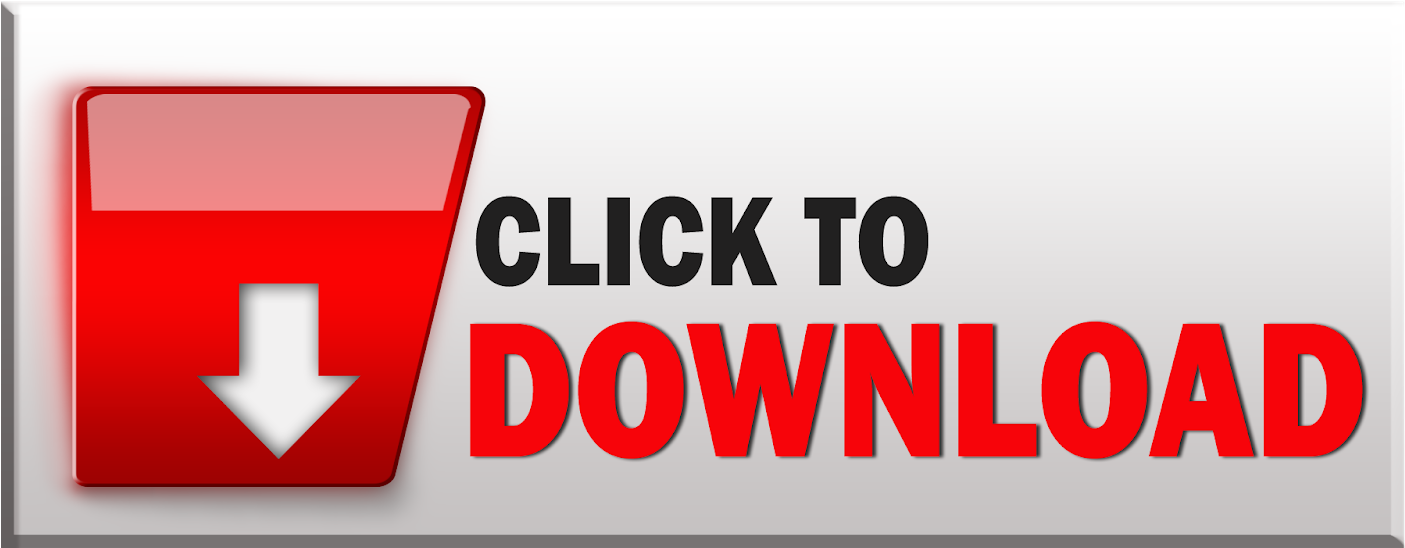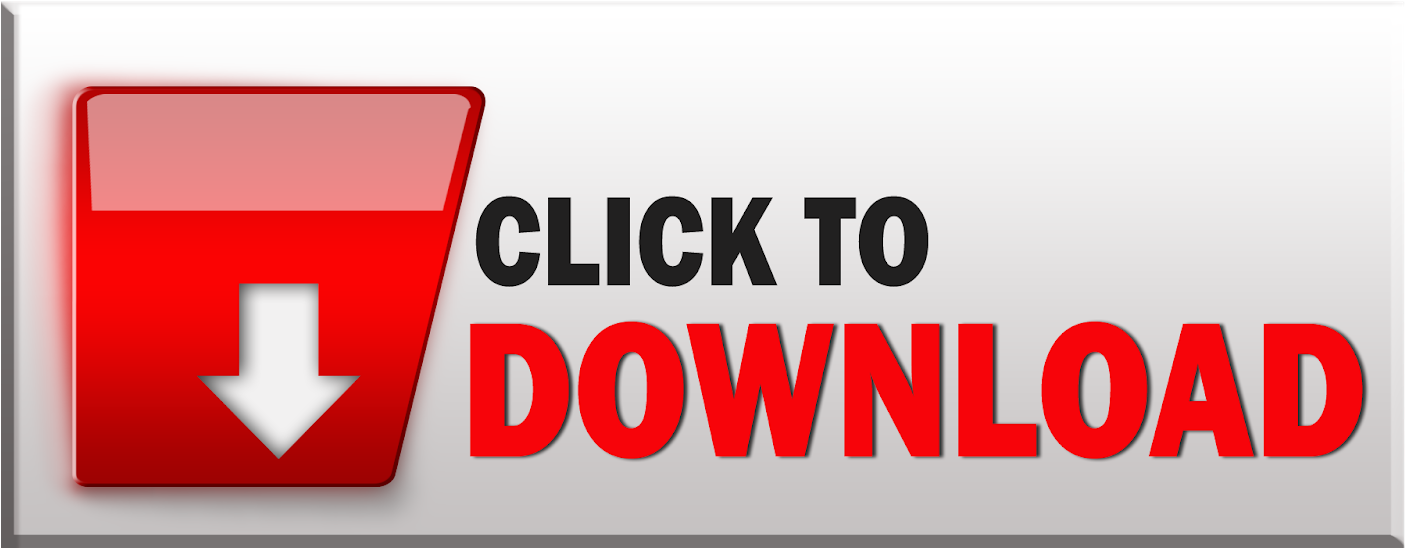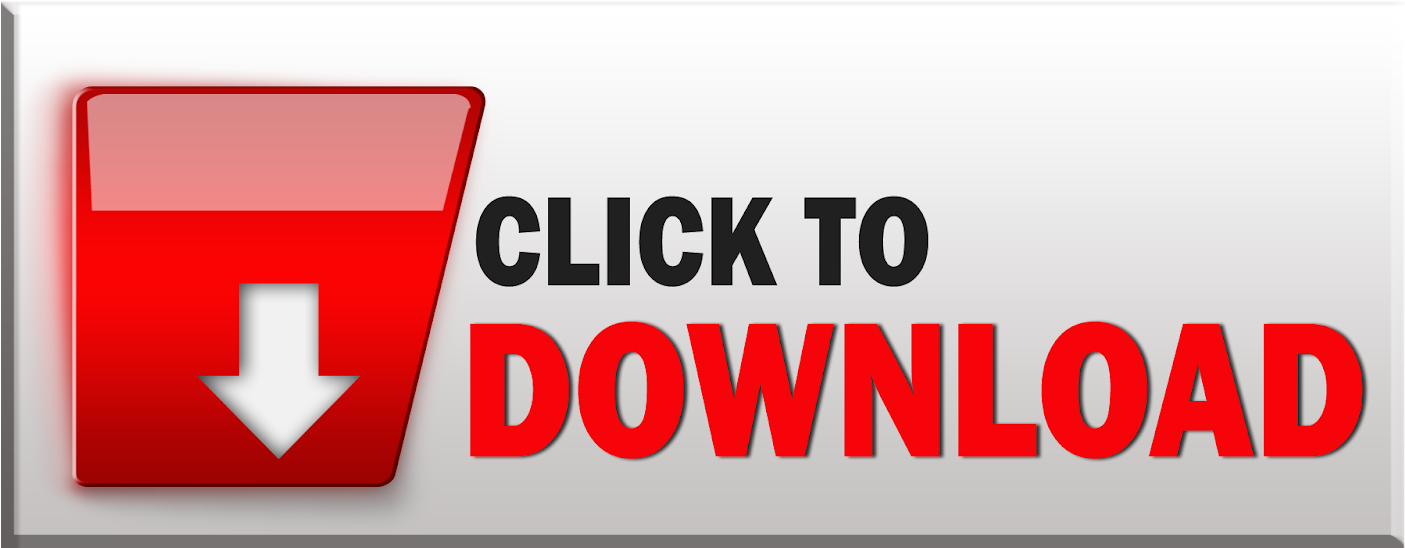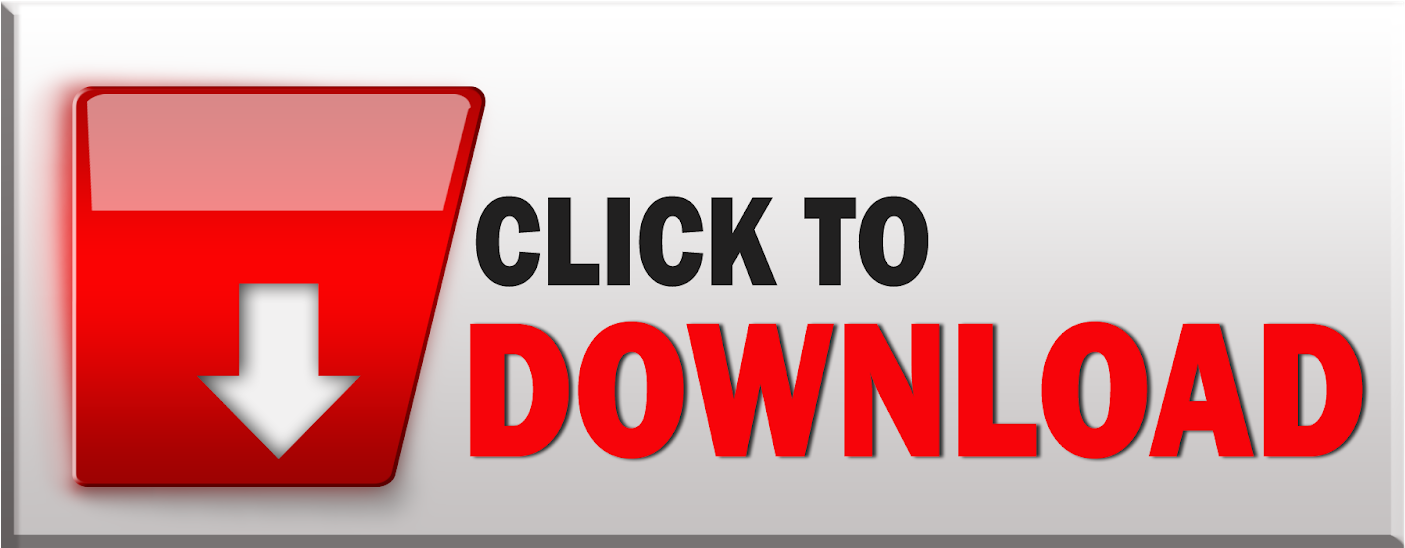ISO 9001:2015 में संगठन के संदर्भ की पहचान कैसे करें
In ISO 9001:2015, context of the organization is a crucial concept that helps an organization tailor its quality management system (QMS) to its unique business environment. It involves understanding the internal and external factors that can affect the organization’s ability to achieve its intended outcomes.
This article outlines how to identify the context of an organization under ISO 9001:2015, a process that forms the foundation for effectively implementing and maintaining a QMS.
1. Understanding the Purpose of Context in ISO 9001:2015
Clause 4 of ISO 9001:2015 introduces the concept of determining the context of the organization, which sets the stage for establishing, implementing, and maintaining a QMS. The aim is to ensure that the QMS is relevant and aligned with the business environment, stakeholders' needs, and strategic objectives.
Identifying the context involves two main areas:
- Internal factors: Elements within the organization, such as culture, capabilities, and processes.
- External factors: Market conditions, regulatory environment, competition, and technology trends.
Understanding these factors enables an organization to:
- Adapt its quality policies to meet external challenges and opportunities.
- Align its processes to meet internal strengths and weaknesses.
- Establish a QMS that addresses both risks and opportunities.
Click Here to Download Readymade ISO 9001, ISO 14001, ISO 22000, ISO 45001, FSSC 22000, HACCP, Food Safety & Integrated Management Systems (IMS) Templates.
2. Key Steps to Identify the Context of the Organization
Step 1: Define Internal and External Issues
The first step is to identify both internal and external issues that affect the QMS and the organization’s ability to achieve its intended results. This can be done through brainstorming sessions, workshops, or structured analysis.
- Internal Issues: These are factors within the organization's control and include:
- Organizational structure and governance.
- Employee skills and competencies.
- Company culture and leadership style.
- Internal resources such as technology, equipment, and capital.
- Strategic objectives and performance metrics.
- External Issues: These are factors outside the organization’s control but which influence its activities, such as:
A common tool used here is a SWOT analysis (Strengths, Weaknesses, Opportunities, and Threats) to systematically assess internal and external influences.
Step 2: Identify Interested Parties
In addition to understanding issues, Clause 4.2 requires organizations to identify interested parties that are relevant to the QMS. These parties are individuals or groups that have an impact on or are affected by the organization's quality performance. Examples include:
- Customers and end-users.
- Employees and shareholders.
- Suppliers and business partners.
- Regulatory bodies.
- Local communities and environmental groups.
For each interested party, the organization should identify their needs, expectations, and requirements. This could be done through:
- Customer feedback and surveys.
- Employee interviews or focus groups.
- Supplier audits and reviews.
- Regulatory reviews and compliance checks.
Click Here to Download Readymade ISO 9001, ISO 14001, ISO 22000, ISO 45001, FSSC 22000, HACCP, Food Safety & Integrated Management Systems (IMS) Templates.
Step 3: Understand Legal and Regulatory Requirements
An organization’s context is also shaped by the legal and regulatory environment it operates in. This involves staying up-to-date with relevant laws, regulations, and standards that affect the quality of products or services. Key steps to address this include:
- Regularly reviewing applicable laws and regulations.
- Assigning responsibility to ensure compliance.
- Engaging with industry associations for updates on regulatory changes.
- Conducting internal audits to ensure compliance.
Step 4: Conduct Risk and Opportunity Assessment
Once internal and external issues and interested parties are identified, it is essential to assess the associated risks and opportunities. ISO 9001:2015 places significant emphasis on risk-based thinking to enhance the QMS.
- Prioritize the identified issues based on their potential impact on the organization.
- Evaluate the likelihood of risks occurring and their potential effects.
- Determine control measures and mitigation strategies.
For opportunities:
- Identify areas for improvement and innovation.
- Assess how external factors such as market shifts or new technologies can be leveraged.
- Plan actions to exploit these opportunities in line with the organization’s goals.
Tools such as PESTLE analysis (Political, Economic, Social, Technological, Legal, and Environmental) and risk matrices can be used to map risks and opportunities.
Click Here to Download Readymade ISO 9001, ISO 14001, ISO 22000, ISO 45001, FSSC 22000, HACCP, Food Safety & Integrated Management Systems (IMS) Templates.
3. Documenting the Context
ISO 9001:2015 requires that the context of the organization and the needs of interested parties be regularly reviewed and updated. This documentation serves several purposes:
- It provides evidence of compliance during audits.
- It ensures the organization can adapt to changes in the internal and external environment.
- It supports decision-making processes at strategic and operational levels.
The context of the organization should be integrated into:
- Quality Policy: Reflecting the organization’s purpose and strategic direction.
- Quality Objectives: Derived from the context and aimed at addressing relevant issues.
- Management Reviews: Periodically reviewing the context and making adjustments.
4. Practical Tools for Identifying the Context
Several tools can assist in identifying the context of an organization:
- SWOT Analysis: Helps evaluate internal strengths and weaknesses, as well as external opportunities and threats.
- PESTLE Analysis: Useful for scanning external macro-environmental factors that can impact the organization.
- Stakeholder Analysis: A method for mapping and prioritizing the needs of interested parties.
- Risk Matrices: Useful for categorizing risks by likelihood and severity.
Click Here to Download Readymade ISO 9001, ISO 14001, ISO 22000, ISO 45001, FSSC 22000, HACCP, Food Safety & Integrated Management Systems (IMS) Templates.
5. Ongoing Monitoring and Review
The context of an organization is dynamic, meaning it is subject to change over time. Therefore, organizations must periodically revisit and update their assessment to ensure the QMS remains relevant and effective. This ongoing process should involve:
- Regular monitoring of internal and external factors.
- Reviewing changes in interested parties’ needs.
- Adjusting policies and objectives to reflect changes in context.
The context of the organization should be reviewed during management review meetings and updated as necessary based on:
- Market trends.
- New customer requirements.
- Internal performance issues.
- Emerging risks and opportunities.
Conclusion
Identifying the context of the organization in ISO 9001:2015 is a foundational step in creating an effective QMS. By understanding internal and external issues, addressing the needs of interested parties, and assessing risks and opportunities, organizations can ensure their QMS is both relevant and resilient. Continuous monitoring and review of the context allow organizations to adapt to changes, ensuring ongoing compliance and improved quality performance.
Implementing a well-understood and documented context ensures that the QMS aligns with the strategic direction of the organization, ultimately supporting long-term success and continual improvement.
Click HERE to download or any of the following documents:
ISO/IEC 17025 Laboratory Management System Implementation Kit
HACCP Implementation Kit
ISO 9001 Quality Management Systems (QMS) Implementation
ISO 22000 Food Safety Management Systems (FSMS) Implementation
Food Safety Systems Certification (FSSC) 22000 v5 Implementation
ISO 14001 Environmental Management Systems (EMS) Implementation
ISO 45001 Occupational Health & Safety Management Systems (OH&SMS) Implementation
ISO 50001 Energy Management Systems (EnMS) Implementation
Integrated Management Systems (IMS) Implementation
Production, Quality Control / Equipment Maintenance Kit
Lean Six Sigma
Lean Management/Manufacturing
Six Sigma Kit
Supplier Quality and Compliance Management (SQCM) Kit
Risk Management
Industrial Health, Safety & Environmental Management (HSE) Kit
Process Manuals



